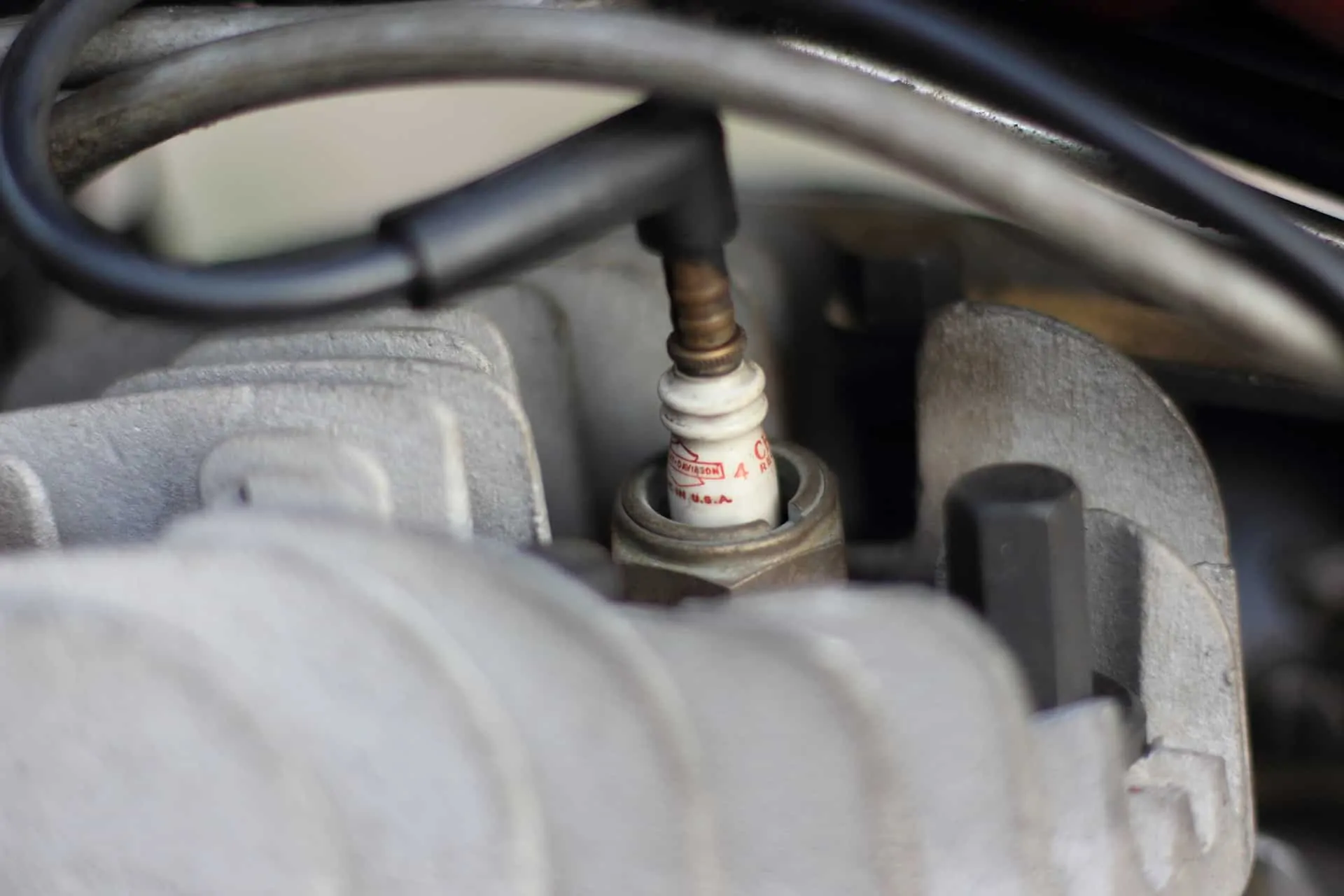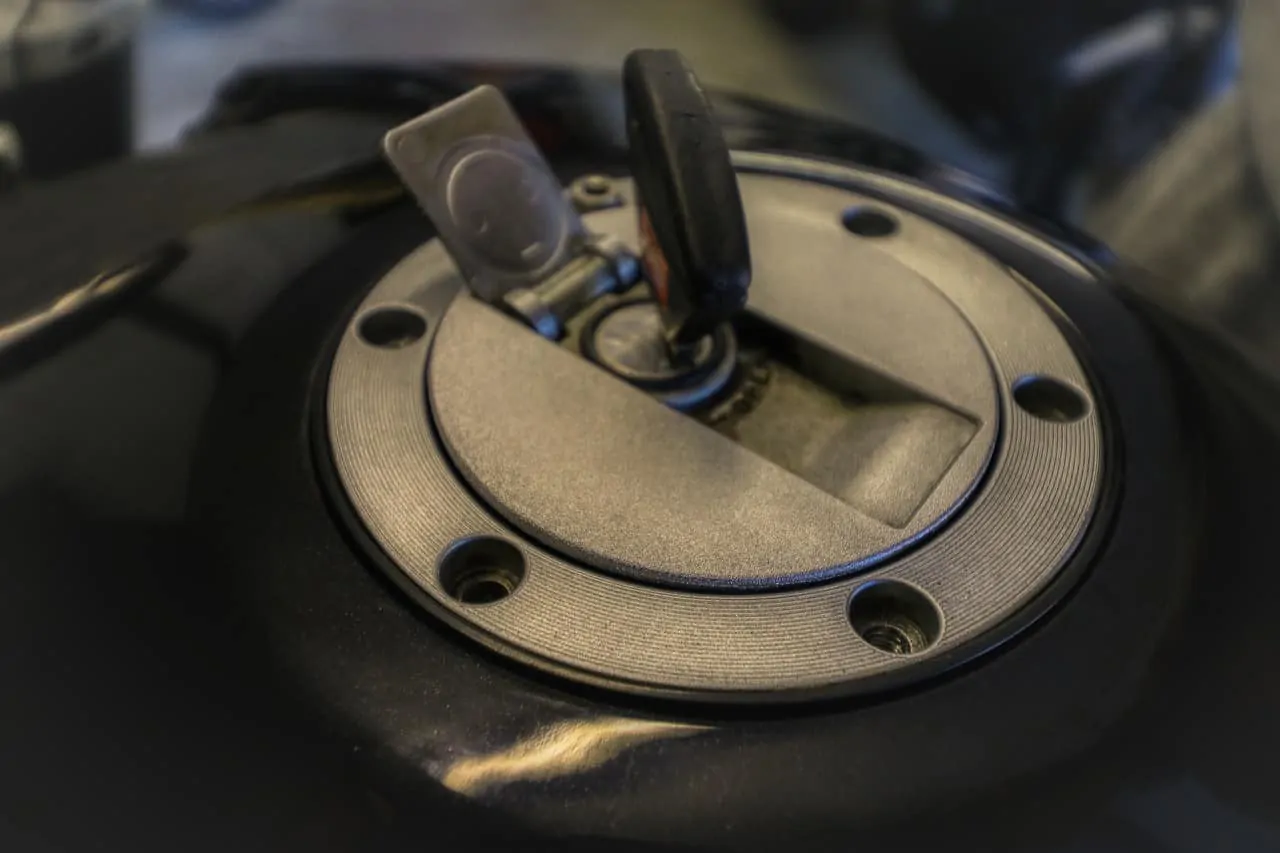Knowing how to install and remove a motorcycle battery is one of the most basic motorcycle maintenance skills any motorcycle owner should learn. It is handy for motorcycle battery replacements and checkups to ensure everything is in working order.
The first step to installing or removing a motorcycle battery is to consult the motorcycle manual that comes with a comprehensive list of the things to do. Next, locate the battery, access it, remove the negative cables, remove the positive cables, remove the battery itself, inspect it or replace it with a new one, plug in the cables, and then test it if it is functional.
There will be tiny differences from motorcycle to motorcycle since not every model is built the same. It is best to closely consult the accompanying motorcycle manual for specific instructions.
Step By Step Instructions
Check The Motorcycle Manual
The motorcycle manual should be located in the storage box of the motorcycle. If you do not have a copy, you can procure one online or simply buy an aftermarket book for mechanics. It is a supplementary book that can give you detailed instructions on what to do for various motorcycle maintenance routines, particularly battery removal and installation.

Locate The Battery
There is no fixed location for the motorcycle battery as it varies from brand to brand. Ducati Multistrada and Yamaha FJR1300 should have their batteries located on the upper right fairing. The Harley-Davidson Sportster has its battery under the seat. Other Yamaha models have the battery right under the fuel tank. The Harley Shovelhead has its battery jutting out on the right side of the motorcycle.
The aforementioned are just some of the most common places in which you can find the motorcycle battery. If you are still unsure, you can simply consult the motorcycle manual.
Unplug The Negative Cable
The negative cable connects the negative side of the motorcycle battery to the frame of the motorcycle. Battery removal requires you to remove the negative cable first. This cable is usually color black. It is attached to a battery terminal with a negative or “-“ sign. Removing the positive cable first may ground you since most batteries use the actual frame of the motorcycle as a conduit for electricity.
Removing the negative cable first also lessens the chances of draining your battery, popping a fuse, and even burning yourself. Simply pull the cable out and then tape the end or keep it at a safe distance from the terminal so that it will not accidentally make contact while you are doing inspections.
Unplug The Positive Cable
Removing the negative cable breaks the circuit, which allows you to safely remove the positive cable. This cable is usually color red. It is attached to the terminal with the positive sign, or “+.” Simply pull it out. If there are rubber straps in the way, remove those, too.

Remove The Battery
Before you pull out the battery, check for other hold-downs that may attach it to the frame. These may be rubber straps, a metal bracket, or even foam blocks. These serve to keep the battery in place so that it will not move around while you are riding the motorcycle.
If you are removing any of these parts, make sure to know exactly where they will be attached. Keep your workplace clean so that you wouldn’t misplace a single bolt or nut. Take note of their locations.
Carefully pull out your motorcycle battery. Be aware as there may be loose nuts or bolts that may fall into motorcycle crevices and become irretrievable. Set the battery in a clean and well-lit area for inspection.
Replace Or Repair The Battery
There are many possible reasons as to why you may have taken out your motorcycle battery. If it is to repair it, the first step is inspection. Check it for leaks, which are pretty prominent among motorcycle batteries with wet cell technology. Check the terminals for any signs of corrosion which may arise from the acid leakages. If you have a wet cell battery, you will need to check for the acid levels and determine if it’s time to top it off. It is ideal to bring it to your local motorcycle repair shop as the acid is often sold in large quantities.
If you intend to replace the battery entirely, then the inspection process is still handy because you can take note of the dimensions of the battery. You’ll get the size specifications so that you can buy a new battery that actually fits.

Return The Cables
Now, it’s time to replace the motorcycle battery back into the chamber. Return all of the brackets, foams, and rubber straps that hold down the motorcycle battery in place. If you feel like the cables need replacement due to severe corrosion and degradation, now is the perfect time to do so.
Once it is safely in place, reattach the motorcycle cables. This time, attach the positive cable first before attaching the negative cable. The incorrect order can cause a blown fuse or fried electrical components.
You can also spray a fine mist of terminal spray. This delays the onset of corrosion so that your battery terminals will not get corroded. Double-check to see if the terminal cables are properly attached. They should feel snug yet not too tight.
Test The Battery
The final test to make sure that your installation is correct is by testing the battery. It is best to do this after you’ve attached the cables to the terminals and before you replace the hood that covers the motorcycle battery. Flip the key of the motorcycle and turn on the ignition. You should see your headlights power up smoothly. If it doesn’t, or if the lights flicker, then you might have done something wrong and you’ll need to inspect the interior. Make sure the cables are snug and the connections are correct.
If everything seems fine but the battery is still not functioning properly, you might want to go for a fuse replacement.
